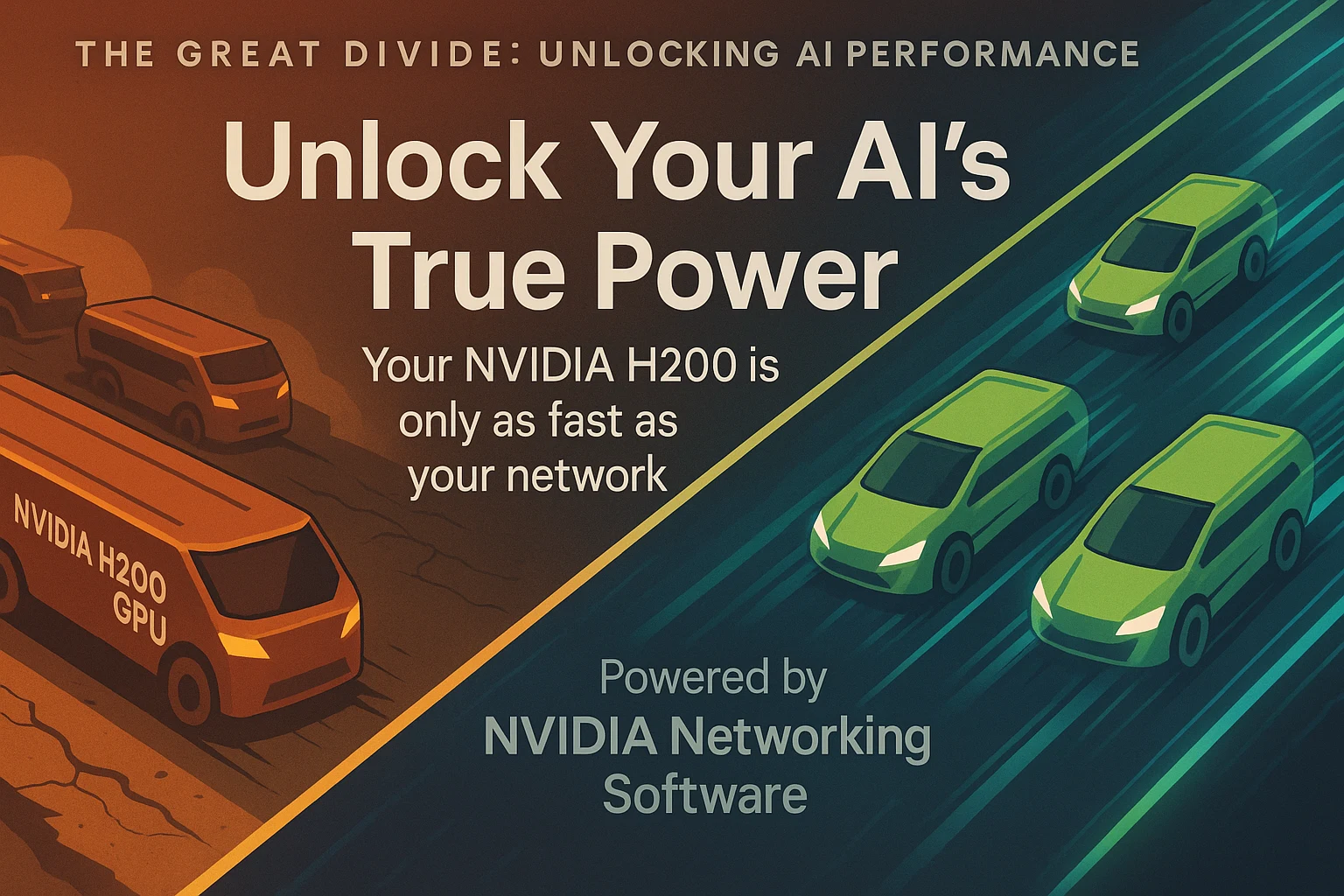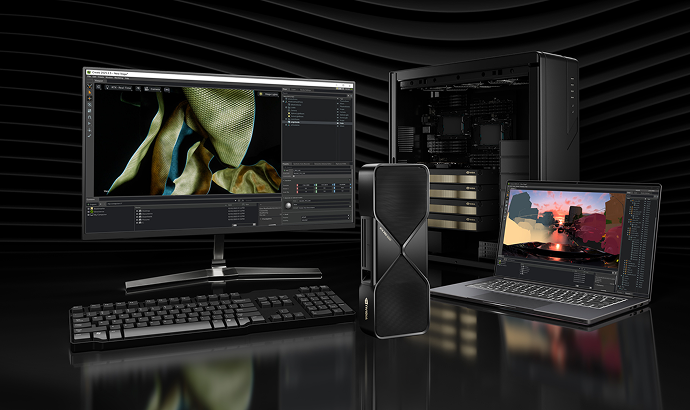

Writing About AI
Uvation
Reen Singh is an engineer and a technologist with a diverse background spanning software, hardware, aerospace, defense, and cybersecurity. As CTO at Uvation, he leverages his extensive experience to lead the company’s technological innovation and development.

NVIDIA networking software tools are a collection of solutions designed to make modern data centre networks faster, more efficient, and easier to manage. They are built to support the increasing demands of AI, high-performance computing (HPC), and cloud applications, which require massive amounts of data to be moved between servers in real time. The primary focus of these tools is to improve connectivity, ensuring that computing resources can work together seamlessly without delays.
Within NVIDIA’s ecosystem, these tools integrate with GPUs, high-speed switches, and Data Processing Units (DPUs) like the NVIDIA BlueField. The DPUs handle data movement by offloading tasks such as security and storage management from the main CPU, which frees up system resources for other operations. The key advantage is that these tools enable organisations to build software-defined data centres, where administrators can manage and configure the network using software rather than manual hardware adjustments. This approach results in data centres that are more flexible, scalable, and ready for AI workloads.
Efficient networking is crucial for AI and HPC because these workloads often involve thousands of GPUs working together to train large models or run complex simulations. Without fast and reliable communication between these GPUs, performance can slow down significantly. NVIDIA’s networking software addresses this by ensuring that data is exchanged between systems at high speed, which keeps AI training and inference pipelines running smoothly.
The tools achieve this by optimising two critical factors: high bandwidth and low latency. Bandwidth is the amount of data that can be transferred per second, while latency is the delay for data to move from one point to another. For applications like large language models (LLMs), if bandwidth is too low or latency is too high, GPUs spend more time waiting for data than performing computations. By minimising these communication bottlenecks, the software tools allow AI and HPC systems to scale efficiently across many nodes. This ensures that the performance of powerful GPUs, such as the NVIDIA H200, translates directly into faster training and better resource utilisation.
NVIDIA offers a suite of networking software tools that work together to enable high-performance, secure, and scalable data centre environments for AI and HPC. The core tools in this portfolio include:
The performance of the NVIDIA H200 GPU, which is built for large-scale AI and HPC, depends heavily on the speed of communication between different nodes in a cluster. NVIDIA’s networking software plays a critical role by ensuring data can move rapidly across the cluster, creating a synergy between the networking and compute hardware.
The H200 GPU features HBM3e memory, which provides extremely high bandwidth for data-intensive tasks. However, this advantage can only be fully realised if the GPU can exchange data quickly with other GPUs. The networking software and associated hardware, such as InfiniBand, provide the low-latency interconnects needed to complement the H200’s memory bandwidth. This combination minimises communication bottlenecks and allows the H200 GPUs to operate at peak efficiency. As a result, AI model training times are reduced, and inference throughput is improved, making it feasible to train massive models, like a 70-billion-parameter Llama 2, within a reasonable timeframe.
For enterprises, NVIDIA’s networking software tools are fundamental to modernising infrastructure for AI, HPC, and cloud applications. They enable the design of data centres that are faster, more scalable, and more efficient. By integrating these tools with GPUs and DPUs, businesses can create what NVIDIA calls “AI factories”—advanced data centres specifically designed to handle the immense demands of AI workloads. Tools like Cumulus Linux and UFM help automate management, while BlueField DPUs offload tasks to improve resource utilisation.
This integrated approach leads to a unified AI infrastructure where networking, compute, and data processing work together seamlessly, which is essential for supporting next-generation applications like generative and multimodal AI. Furthermore, these tools can help lower the total cost of ownership (TCO). By minimising bottlenecks and improving efficiency, enterprises can achieve more with less hardware. Scalability also becomes simpler, allowing businesses to adapt to the growing demands of future AI systems while keeping operational costs under control.
We are writing frequenly. Don’t miss that.
